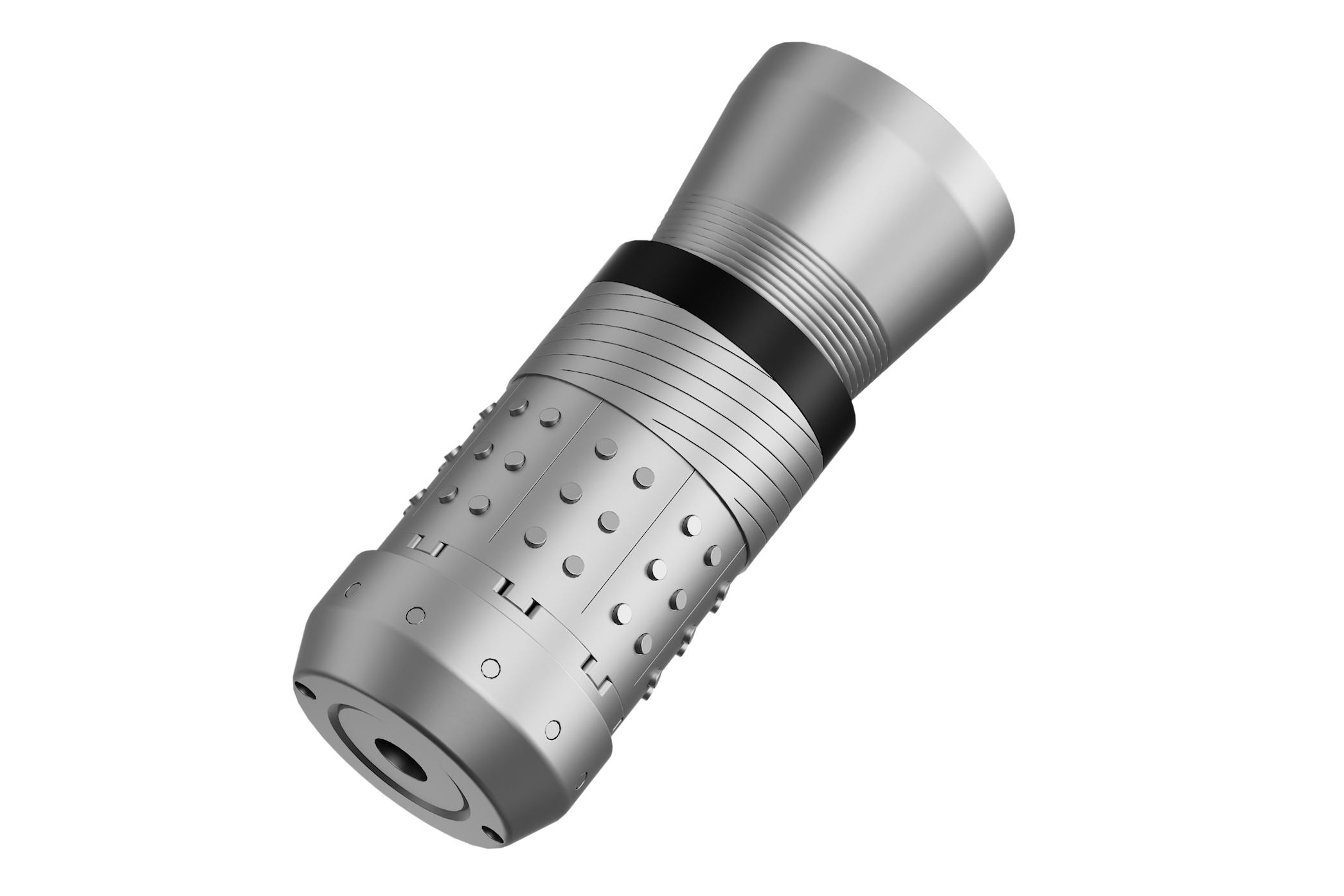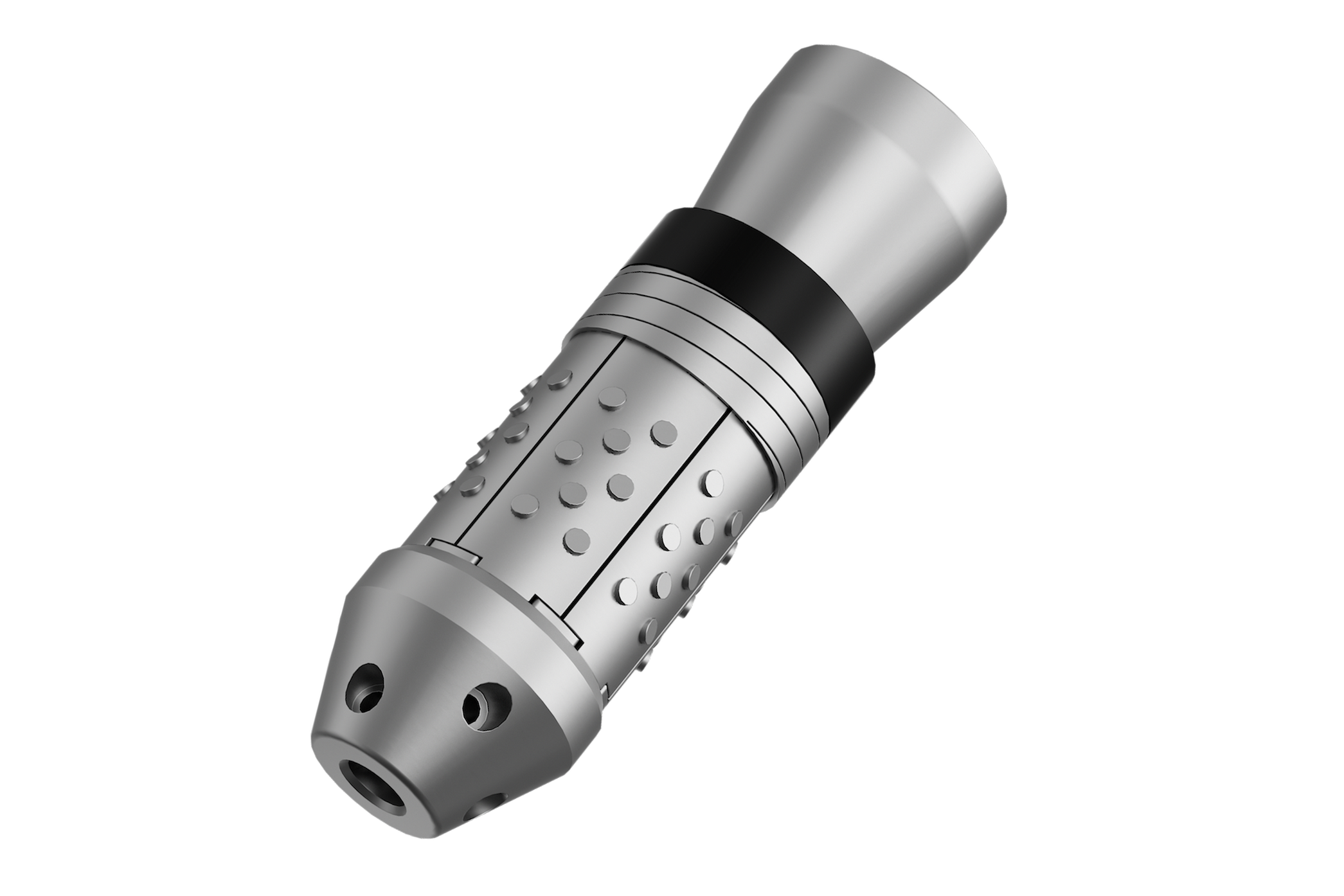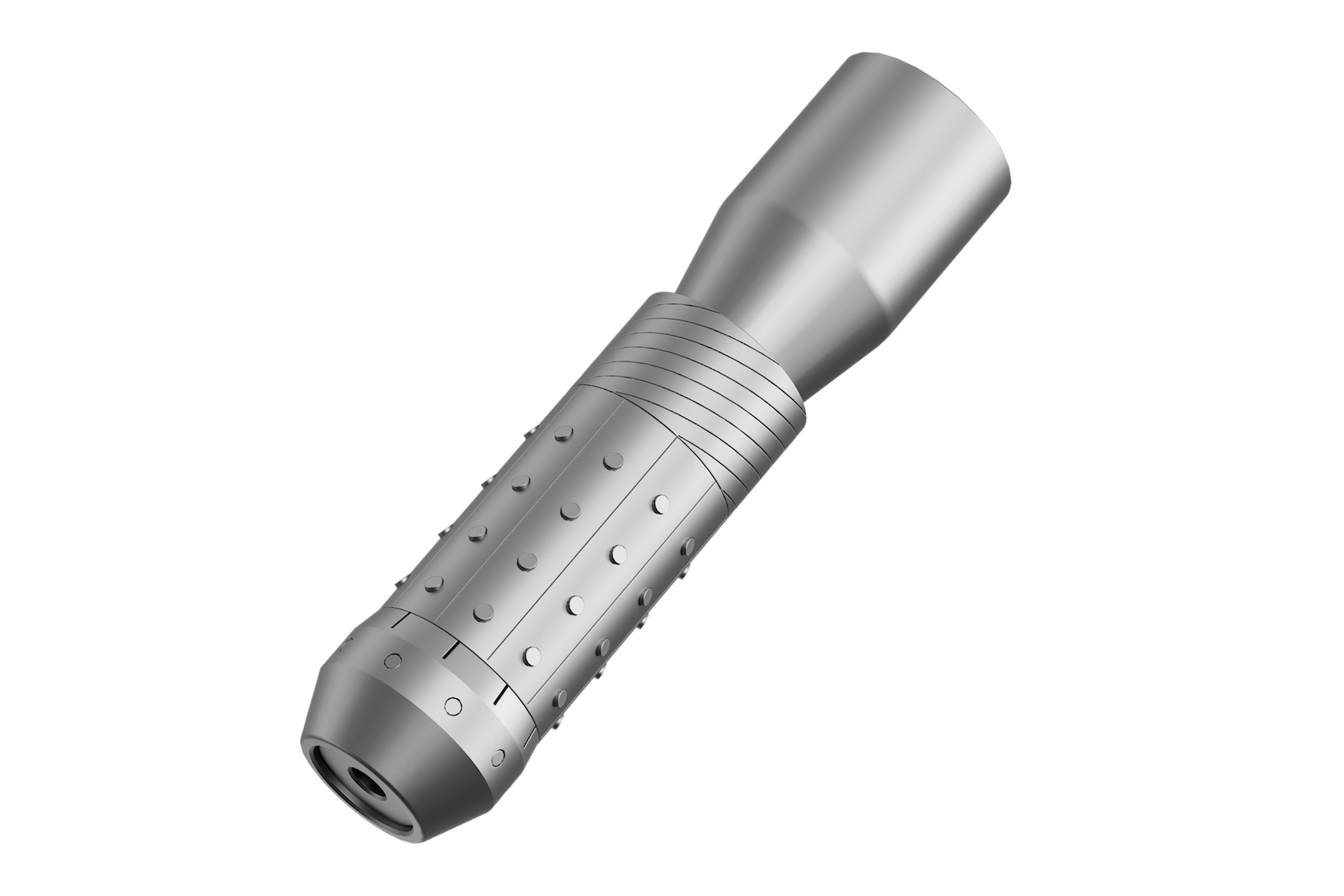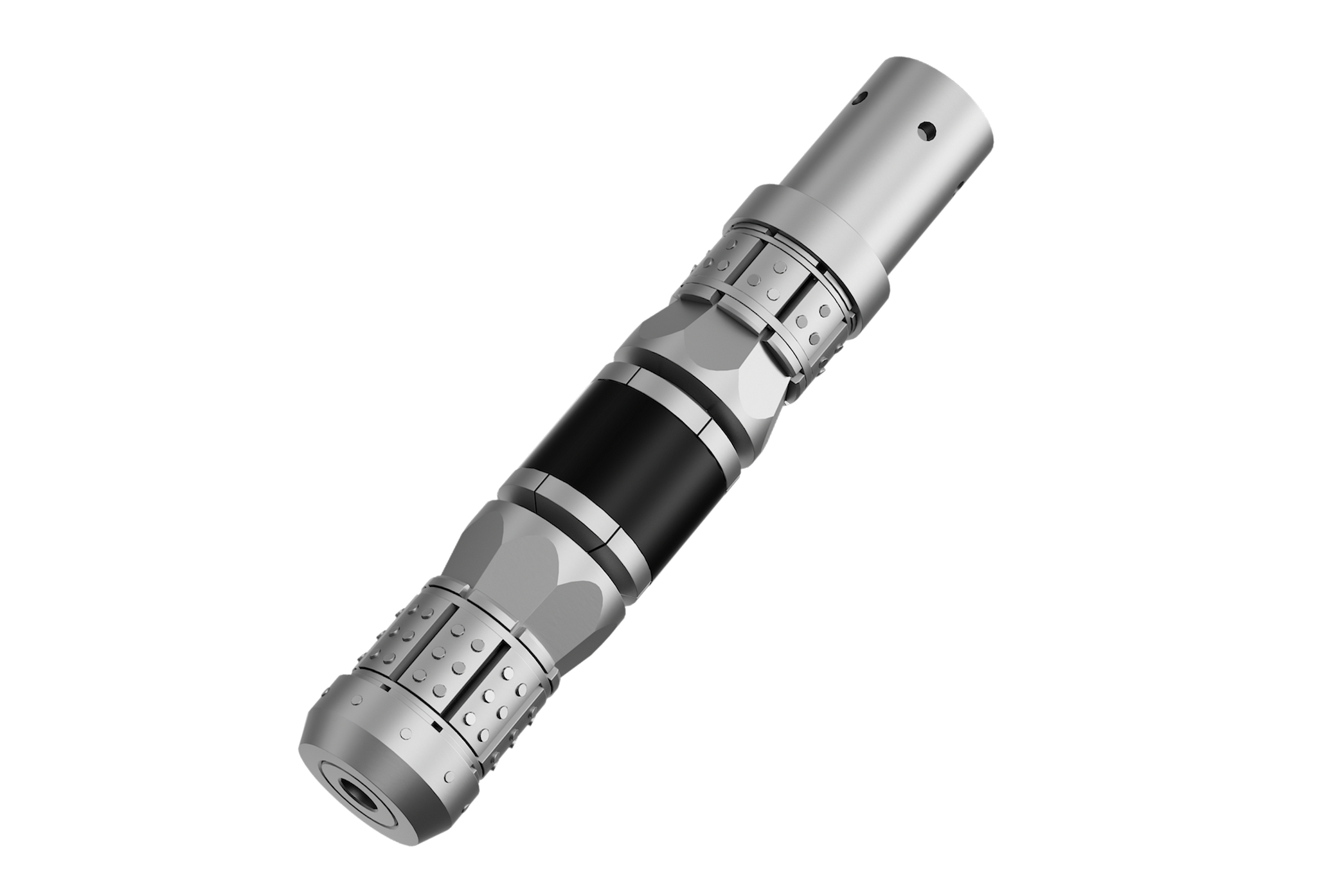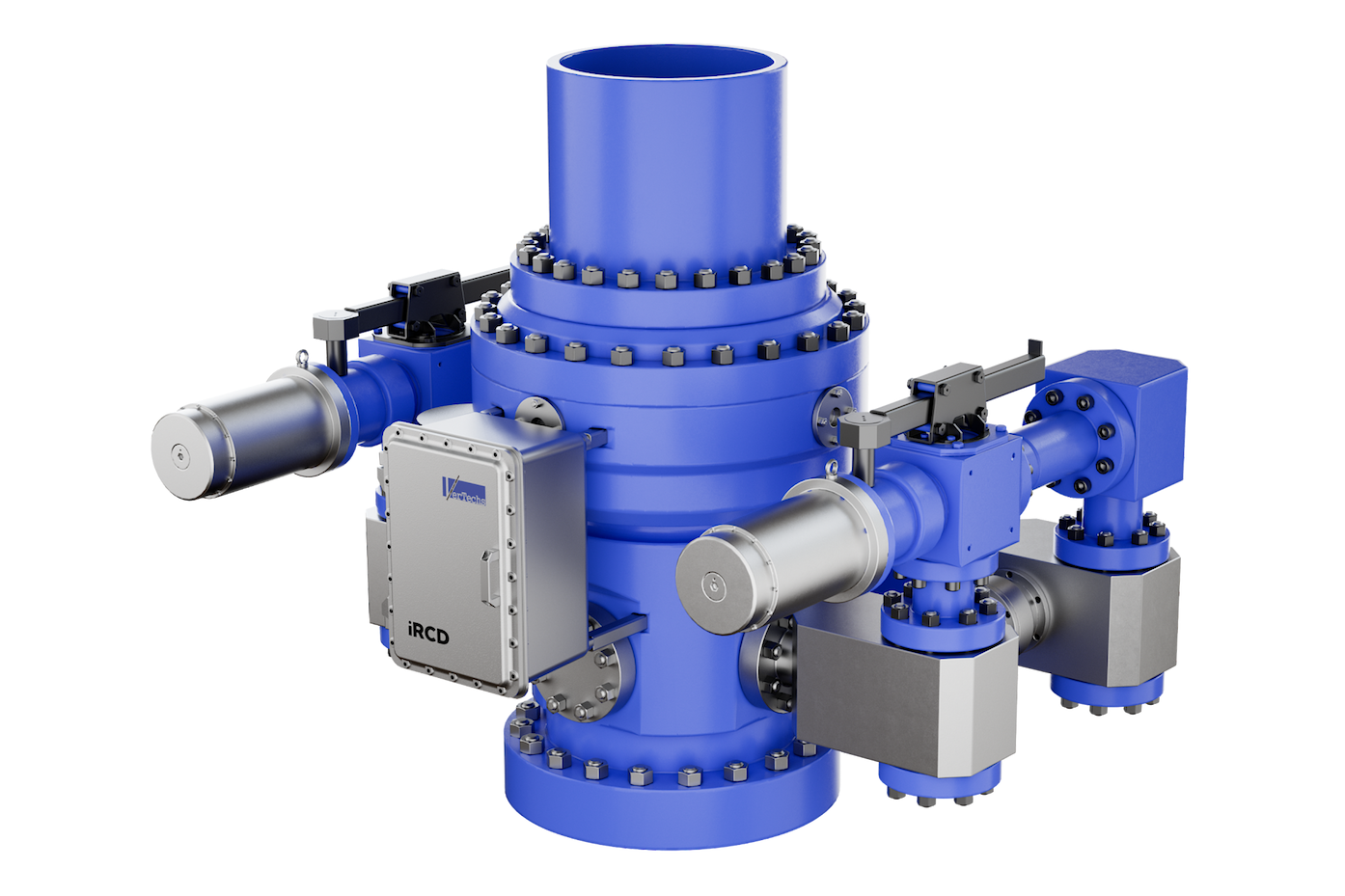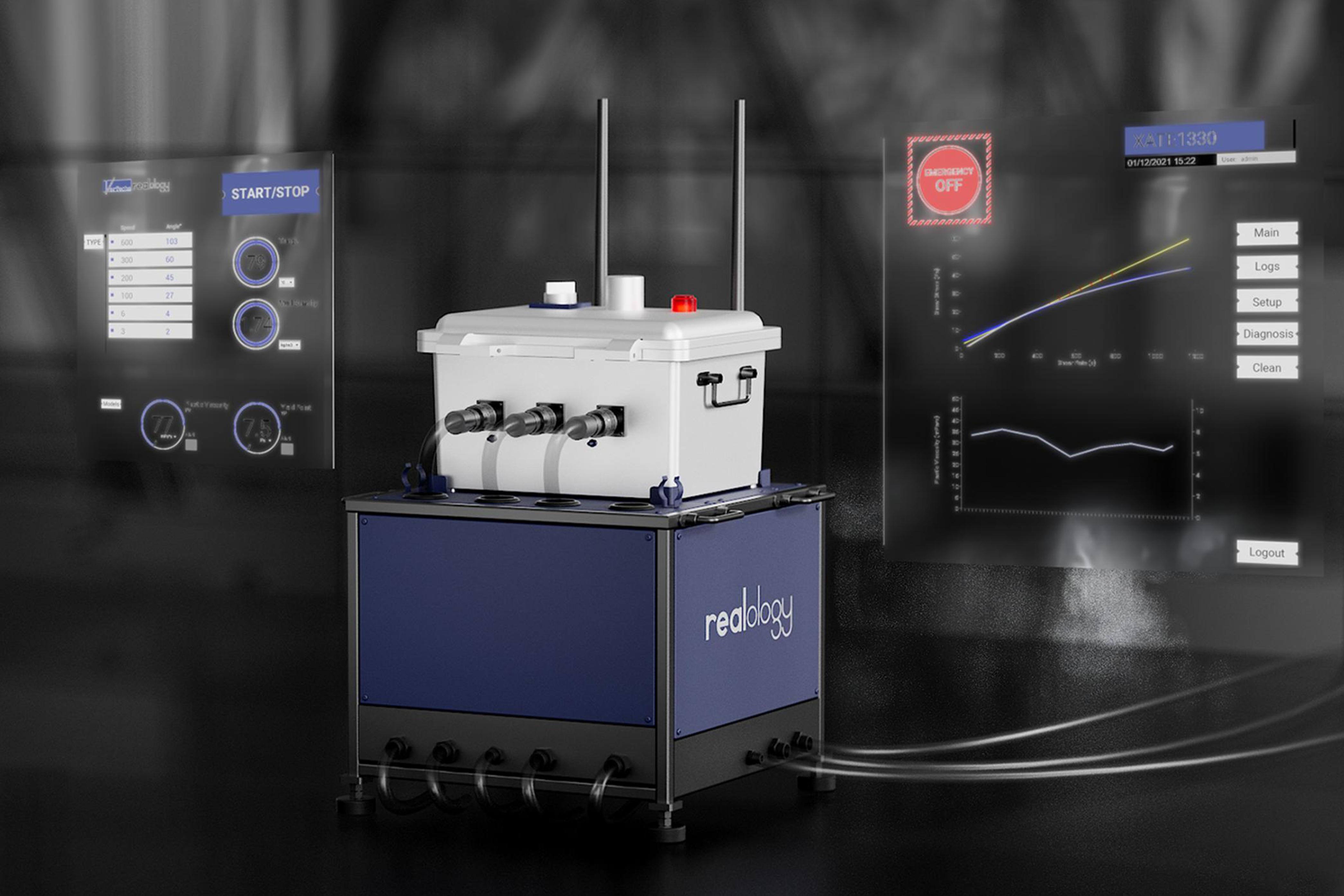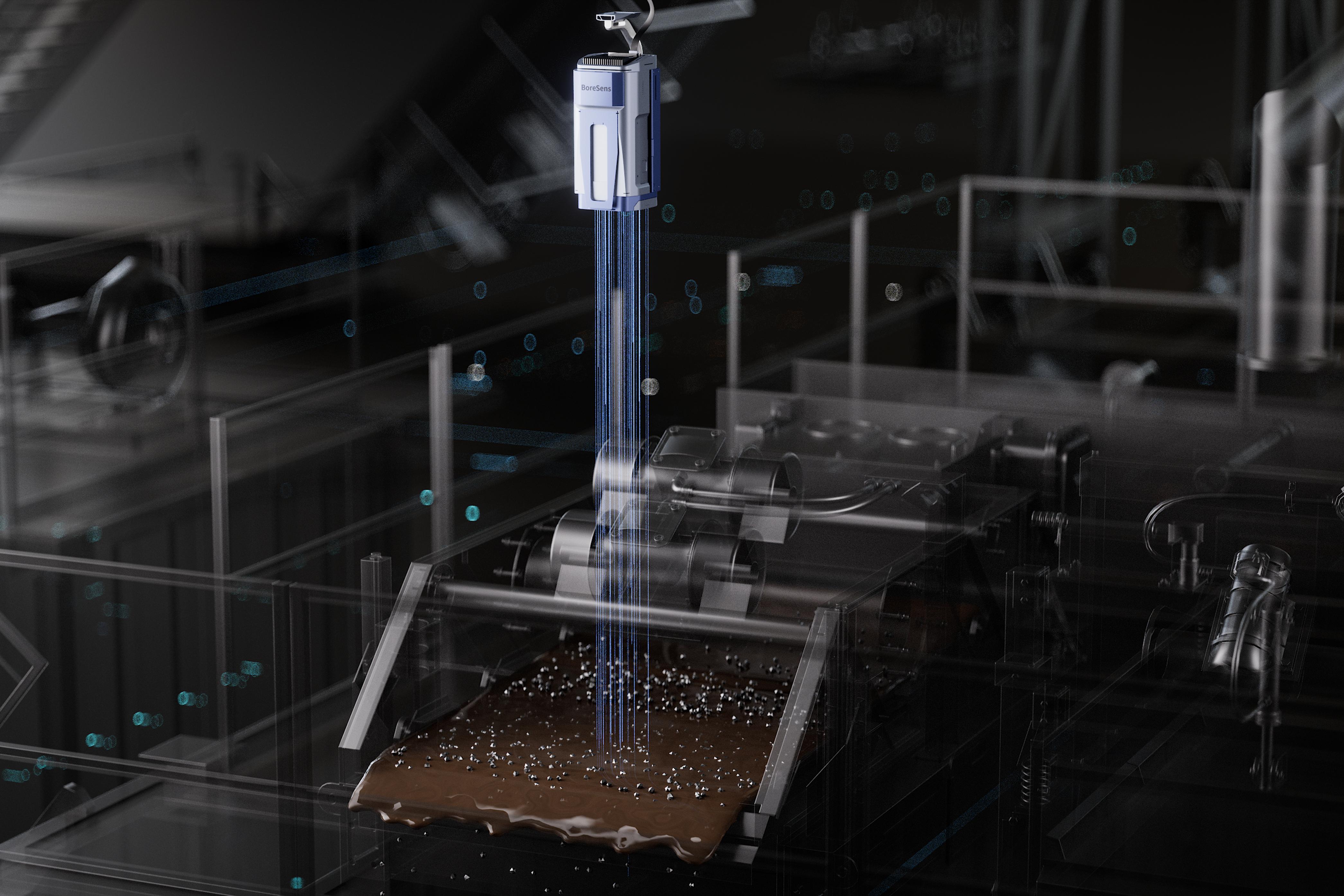Fluid Rheology in Well Control: The Science Behind Safer Drilling Operations
2025-09-25
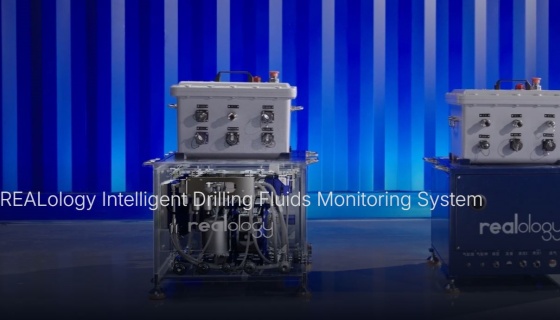
In the dynamic world of oil and gas drilling, safety and efficiency are non-negotiable. Among the many technical factors that ensure smooth operation, the fluid plays an important role in maintaining the rheology balance, preventing blowouts, and supporting the overall well control strategies. While the drilling fluid is often described as the "lifeblood" of Velborn, its behavior under different pressures, temperatures, and shear conditions can distinguish between a stable operation and an expensive phenomenon.
This blog discusses its relations with science, well control of fluid rheology, and how operators take advantage of an advanced understanding of drilling fluid to create a safe drilling environment.
What is fluid rheology?
Rheology is the study of how materials are deformed and flow under stress. In drilling, fluid rheology refers to the study of mud properties - how it behaves when it is subject to mechanical forces such as shear or compression.
Drilling mud is not a simple liquid. Unlike water or oil, which are Newtonian fluids (their viscosity remains stable regardless of applying stress), drilling fluids are usually non-Newtonian. This means that their viscosity turns with the toilet rate. For example, when drilling mud is rapidly transmitted through a drill pipe, it can be diluted, while at low shear rates, it is thicker to provide better suspension of cuttings.
Understanding these riological properties helps engineers to guess how the fluid will act in various downhole scenarios, which is important for well control.
Why fluid rheology matters in drilling operations
Drilling operations are complex, including high pressure, excessive temperature, and unexpected structures. Properly engineered drilling fluid should do many major tasks:
Cutting out of the hole
The primary function of drilling mud is to transport rock cutting from the drill bit to the surface. The rheology of the fluid ensures that these cuttings are suspended when the circulation stops, preventing obstructions or getting stuck in the pipe.
Welbore stability
By balanced hydrostatic pressure, drilling fluids prevent the collapse or formation of fluids. The correct riological profile ensures frequent pressure on the wellbore to the mud column.
Cooling and drill bit lubricated
Proper fluid properties help to reduce friction and temperature on the bit, tools expand life, and improve the entry rate.
Getting well control systems
Perhaps most severe, fluid rheology reduces the effectiveness of well control. By maintaining enough viscosity and gel strength, drilling mud provides a first line of defense against uncontrolled fluid flow, also known as kicks.
Science behind safe well control
Well control involves managing downhole pressure to prevent fluids from entering the wellbore. Blowouts - Uncontrolled release of hydrocarbons - There are rare but terrible events that fail well with control.
Fluid rheology contributes to safe drilling in many ways:
1. Hydrostatic pressure management
The density of drilling mud provides hydrostatic pressure to combat the pressure of the formation. However, the density alone is not enough. Re -physical properties determine that the mud can maintain constant pressure throughout the wellbore, especially in distracted or horizontal wells.
2. Kick detection and response
When fluid rheology is well understood, abnormal changes in flow properties can serve as an early indicator of a kick. Operators can detect viscosity or flow rate changes, indicating a possible flow. Quick adjustments - such as mud weight or circulation speed increases - are then made to gain well control.
3. Prevent gas migration
Low-tipcipar fluids can allow gas to migrate upwards through the soil column. Carefully reiology by engineering, drilling fluids oppose this migration, allowing operators to activate secondary good control measures such as blowout preventers (BOP).
4. Suspension during shutdown
When the pumps are closed, drilling fluids should maintain enough gel strength to suspend the untouched cuttings and barite. If the particles are organized, they can cause obstruction, swabbing, or growth - all of which threaten to control well.
Factors affecting fluid rheology
Re -behavior of drilling fluid depends on many factors:
Mud composition: Base fluids, combined with additives such as water (water, oil, or synthetic), bentonite, polymer, or waiting materials, define the strength of the gel.
Temperature and pressure: The condition of the downhole can dramatically change fluid behavior. For example, high temperatures can dilute water-based mud, while synthetic fluids are more stable.
Control: Construction can affect rheology interaction with fluids, drilled solids, or gas, which can lead to unexpected viscosity changes.
Shrinking rate: The speed of the pump and the horoscope velocity directly affect the rheological measurement, as drilling fluids often display shrinking or yield-thorough behaviors.
Engineers use laboratory testing and downhole sensors to monitor these factors, ensuring that liquid properties remain within the operational envelope for safe drilling.
Advanced reiological model in drilling
To predict fluid performance, engineers rely on rheological models. These models help simulate how the mud will behave under different shear rates and pressures. General models include:
Bingham plastic model
It is believed that drilling is a continuous viscosity beyond the yield stress (minimum force required to start the flow) and a continuous viscosity in the fluid. Useful for a basic well plan.
Shakti Vidhi model
More accurate for non-Newtonian fluids, capturing how the viscosity with heart rate decreases.
Herschelle-Bulle Model
A more advanced approach that combines yield stress with variable viscosity provides the closest match of the real-world drilling fluid.
By applying these models, drilling engineers fine-tune fluid yogas to achieve optimal reiological profiles for specific good conditions.
Real-world application of fluid rheology in well control
Dark water drilling
In a deep water environment, narrow-pressed windows are specifically challenging. Fluid ensures hydrostatic balance or allows influx without fracturing the accuracy of the formation in rheology.
High temperature, high pressure (HTHP) wells
The position of the extreme downhole requires fluid with a wider temperature range and stable rheological properties in the pressure range. Specific synthetic-based muds are often used to maintain stability.
Managed Pressure Drilling (MPD)
The MPD technique depends on the accurate control of the horoscope pressure. Understanding fluid rheology allows operators to make real-time adjustments to soil properties and maintain a balance between formation and wellbore pressures.
Future of fluid reiology in drilling safety
Progress in digital technologies is changing how operators attach to fluid rheology and well control. Some major trends include:
Real-time reiology monitoring: Embedded sensors in the drilling system can measure frequent viscosity and density, leading to a rapid reaction to changing conditions.
Artificial Intelligence and Machine Learning: AI can predict reiological behavior under separate scenarios, which helps engineers to continuously adjust soil totals.
Environmentally friendly fluids: Permanent drilling fluids are being developed with advanced riological stability to reduce environmental impact while maintaining security.
As the industry embraces automation and digitization, fluid rheology will become an even more important element of integrated well control strategies.
Conclusion
The science of fluid rheology is at the heart of safe drilling operations. Understanding how drilling fluids behave under different stresses and conditions, operators can better manage, control, stop kick, and reduce the risk of blowout.
From hydrostatic pressure management to gas migration prevention, rheology defines how drilling fluids perform their necessary functions. With the advent of real-time monitoring and future analytics, the future promises even more accurate control, ensuring that drilling operations are not only efficient but also safe.
In the oil and gas industry, where the stakes are high and the margin is diluted for error, mastery in the recyclical behavior of drilling fluids is greater than a technical requirement - it is the cornerstone of operational excellence and safety.
Read Our One More Blog(1): How Intelligent Rotating Control Devices are Changing Well Pressure Management
Read Our One More Blog(2): The Role of Fluid Rheology in Enhancing Well Control Strategies


